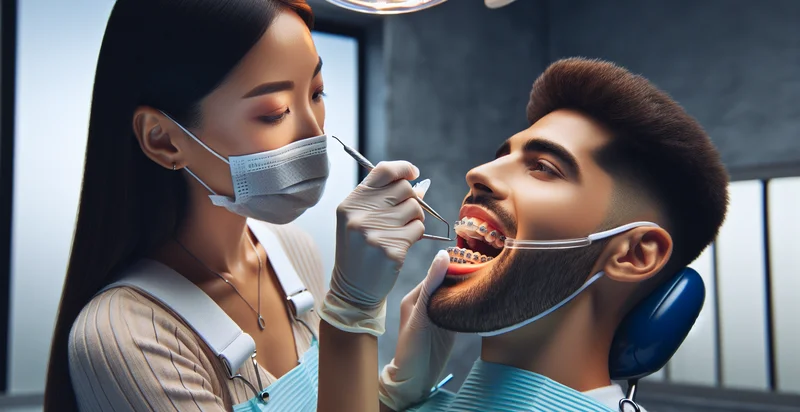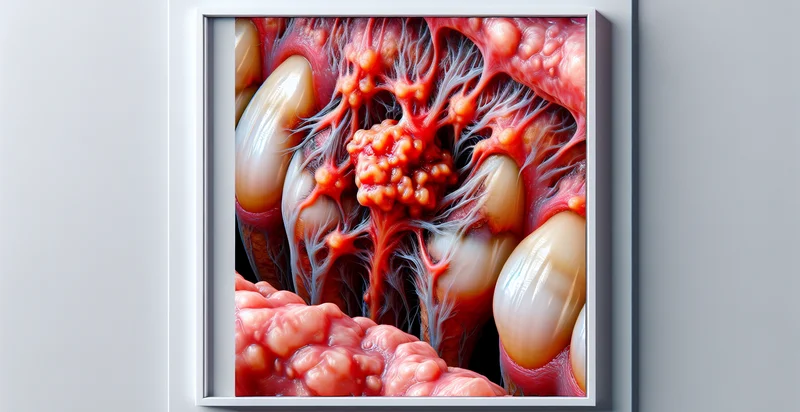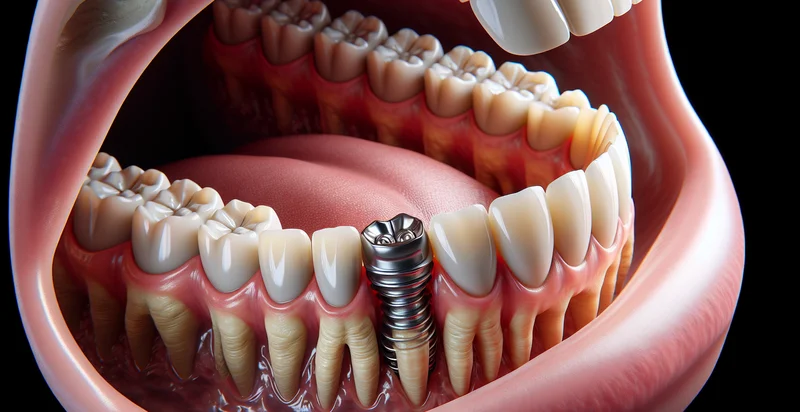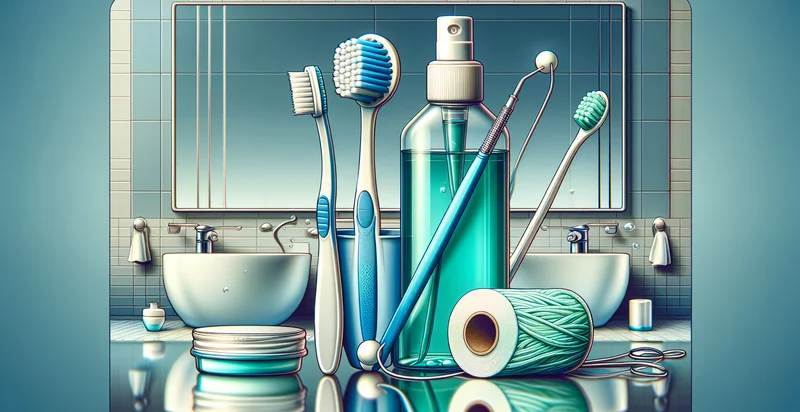Identify dental appliance fit
using AI
Below is a free classifier to identify dental appliance fit. Just upload your image, and our AI will predict if the dental appliance fits correctly - in just seconds.

Contact us for API access
Or, use Nyckel to build highly-accurate custom classifiers in just minutes. No PhD required.
Get started
import nyckel
credentials = nyckel.Credentials("YOUR_CLIENT_ID", "YOUR_CLIENT_SECRET")
nyckel.invoke("dental-appliance-fit", "your_image_url", credentials)
fetch('https://www.nyckel.com/v1/functions/dental-appliance-fit/invoke', {
method: 'POST',
headers: {
'Authorization': 'Bearer ' + 'YOUR_BEARER_TOKEN',
'Content-Type': 'application/json',
},
body: JSON.stringify(
{"data": "your_image_url"}
)
})
.then(response => response.json())
.then(data => console.log(data));
curl -X POST \
-H "Content-Type: application/json" \
-H "Authorization: Bearer YOUR_BEARER_TOKEN" \
-d '{"data": "your_image_url"}' \
https://www.nyckel.com/v1/functions/dental-appliance-fit/invoke
How this classifier works
To start, upload your image. Our AI tool will then predict if the dental appliance fits correctly.
This pretrained image model uses a Nyckel-created dataset and has 2 labels, including Adjustment Needed and Proper Fit.
We'll also show a confidence score (the higher the number, the more confident the AI model is around if the dental appliance fits correctly).
Whether you're just curious or building dental appliance fit detection into your application, we hope our classifier proves helpful.
Related Classifiers
Need to identify dental appliance fit at scale?
Get API or Zapier access to this classifier for free. It's perfect for:
- Quality Control in Manufacturing: This use case involves utilizing the dental appliance fit identifier to assess the accuracy of manufactured dental appliances. By scanning the appliances post-production, the system can quickly identify any inconsistencies or defects, ensuring that only high-quality products are sent to dental clinics and minimizing returns.
- Custom Fitting Services: Dental clinics can implement the classification function to assist in the custom fitting process for patients. By comparing the digital impressions of patients' mouths to the designed appliances, clinicians can better ensure a perfect fit before finalizing the product, thereby improving patient satisfaction.
- Training and Education: Dental schools can use this identifier in their curriculums to teach students about proper fitting techniques for dental appliances. Real-time feedback on appliance fitting in simulation environments can enhance learning outcomes and prepare students for real-world scenarios.
- Remote Consultation: Dental professionals can leverage the dental appliance fit identifier during remote consultations with patients. By easily assessing the fit of pre-formed appliances from images shared by patients, dentists can recommend adjustments or replacements without the need for in-person visits.
- Post-Operative Assessment: After dental procedures involving appliance fittings, orthodontists can use the identifier to evaluate the success of the fit. This capability can help in determining whether follow-up adjustments are necessary, thereby streamlining the post-operative care process.
- Inventory Management: Manufacturers and suppliers can utilize the identifier to categorize and track dental appliances based on their fit quality. This data can be invaluable for inventory management, helping businesses optimize their stock levels and reduce waste from poorly fitting products.
- Research and Development: Research institutions can use this technology to analyze trends in dental appliance fits across different demographics. Insights gained from such data can inform the development of new products and improve existing designs to better meet patient needs.


